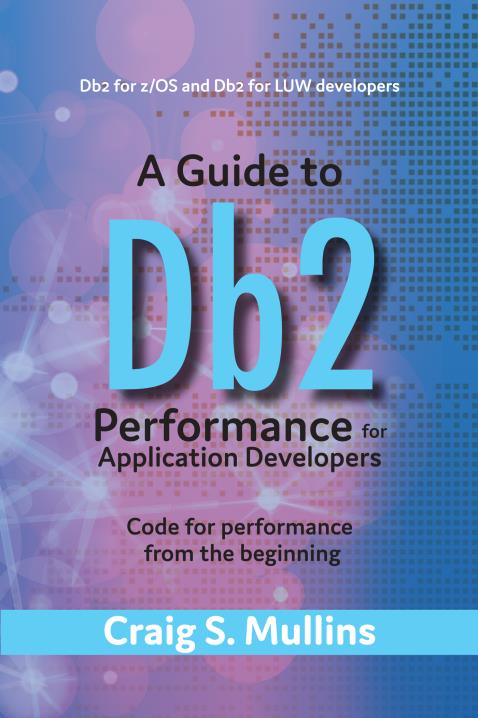Database performance and scalability are both important aspects of managing and optimizing databases, but they refer to different characteristics and considerations.
Database performance refers to how efficiently a database system can respond to and process queries, transactions, and other operations. It is focused on the speed, responsiveness, and overall efficiency of database operations. Factors that influence database performance include:
- Query Optimization: Ensuring that database queries are structured and written in a way that minimizes resource usage and execution time.
- Indexing: Creating and maintaining appropriate indexes on tables to speed up data retrieval and query execution.
- Data Modeling: Designing the database schema and relationships in a way that minimizes data redundancy and maximizes query performance.
- Caching: Implementing caching mechanisms to store frequently accessed data in memory for faster retrieval.
- Hardware Resources: Utilizing sufficient hardware resources, such as CPU, memory, and disk speed, to support the database workload.
- Tuning: Regularly monitoring and tuning the database system to identify and address performance bottlenecks.
- Concurrency Control: Managing concurrent access to the database to ensure data consistency and prevent conflicts among multiple users or processes.
Database scalability refers to the ability of a database system to handle increasing amounts of data, workload, and users without significantly sacrificing performance. It involves the capacity of the database to grow and handle increased demand over time. There are two main types of scalability:
- Vertical Scalability (Scaling Up): Increasing the capacity of a single server by adding more resources, such as upgrading the CPU, adding more memory, or increasing storage capacity. This approach has limits and can become costly.
- Horizontal Scalability (Scaling Out): Distributing the database workload across multiple servers or nodes in a cluster. New servers can be added as needed, allowing for more linear scalability. This approach is more flexible and can potentially handle very large workloads.
Scalability considerations include:
- Partitioning/Sharding: Dividing the data into smaller partitions or shards to distribute the load across multiple nodes in a distributed system.
- Replication: Creating copies of data on multiple nodes to improve fault tolerance and allow for read scaling.
- Load Balancing: Distributing incoming queries and requests evenly across multiple nodes to avoid overloading any single node.
- Consistency and Coordination: Ensuring data consistency and coordination across distributed nodes while maintaining acceptable performance.
In summary, database performance focuses on optimizing the efficiency and responsiveness of individual database operations, while database scalability focuses on the system’s ability to handle increased data and workload demands while maintaining acceptable performance levels. Both aspects are crucial for designing and managing a successful database system.



Thank You for sharing this wonderful topic. 5Data Inc. excels as the premier data collection and data management service provider, offering expertise, comprehensive solutions, data security, and client-focused innovation.